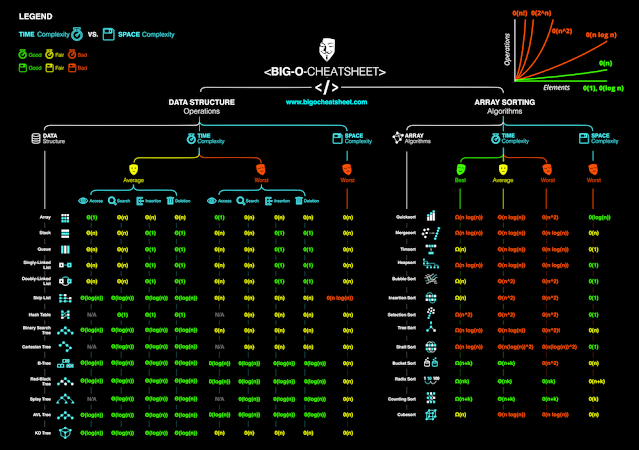final vs immutable
final vs Immutability in Java final : In Java, final is a modifier which is used for class, method and variable also. When a variable is declared with final keyword, it’s value can’t be modified, essentially, a constant. Immutability : In simple terms, immutability means unchanging over time or unable to be changed. In Java, we know that String objects are immutable means we cant change anything to the existing String objects. Differences between final and immutability final means that you can’t change the object’s reference to point to another reference or another object, but you can still mutate its state (using setter methods e.g). Whereas immutable means that the object’s actual value can’t be changed, but you can change its reference to another one. final modifier is applicable for variable but not for objects, Whereas immutability applicable for an object but not for variables. By declaring a reference variable as final, we won’t get any immutability nature, Eve
